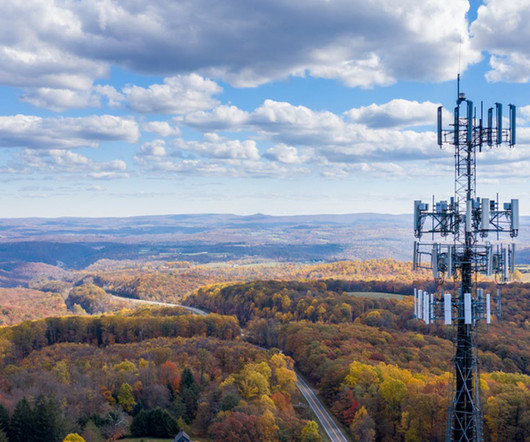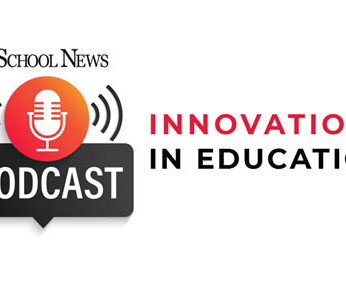Only 27 percent of states plan to sustain K-12 digital access as federal programs end
eSchool News
FEBRUARY 19, 2025
“Universal connectivity is more than just internet access–it’s about addressing the digital divide to ensure every student is prepared for post-secondary success,” said Julia Fallon, executive director at SETDA. ” The report provides specific policy recommendations to close the digital divide in education. .



















Let's personalize your content